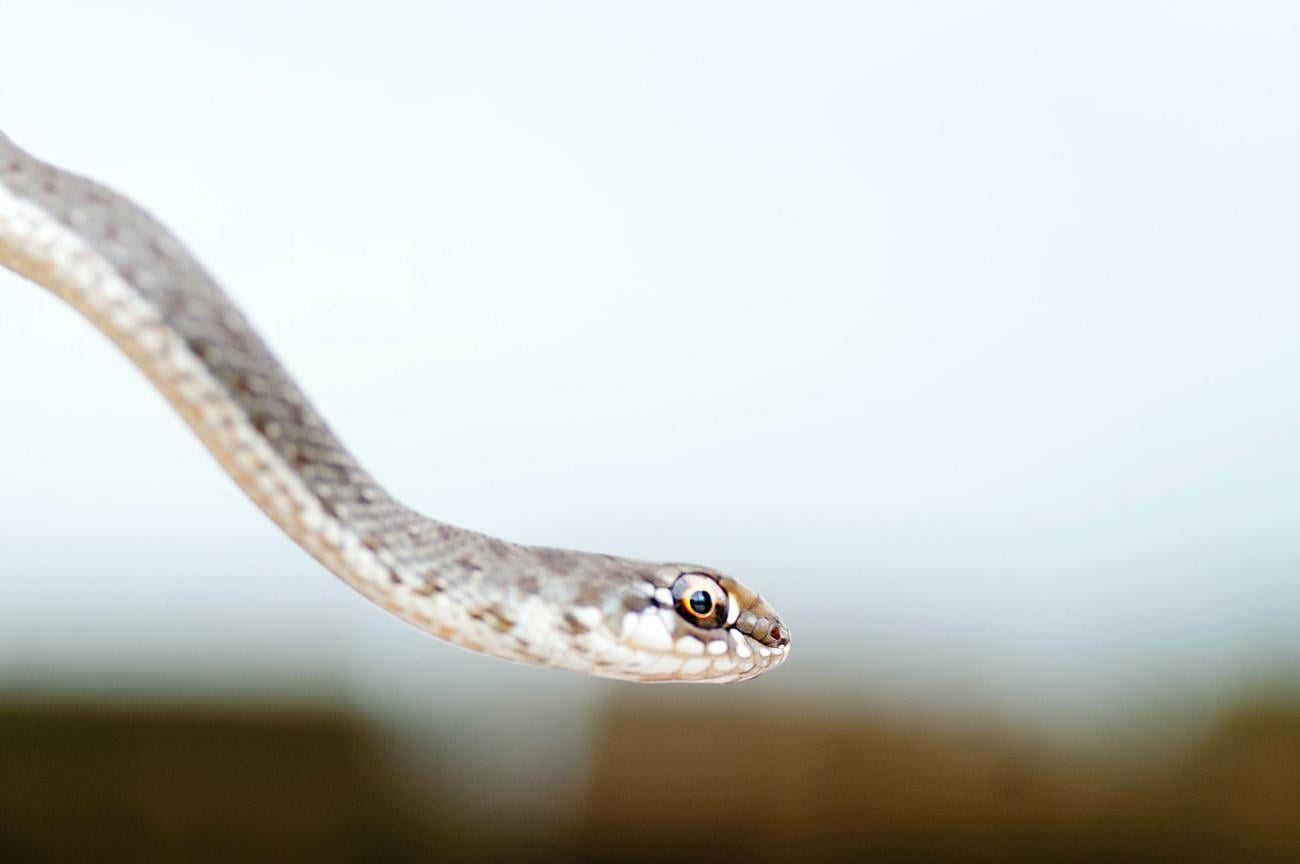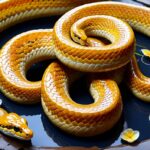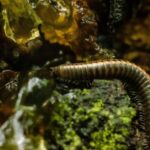Welcome to this captivating article, where we peel back the layers and delve into the intriguing world of cottonmouth snakes. Are you ready to discover three fascinating facts about these venomous creatures? Hold onto your hats as we embark on an adventure into the depths of herpetology. Step into my world as an experienced wildlife researcher and nature enthusiast, as we uncover the hidden secrets of the cottonmouth snake species.
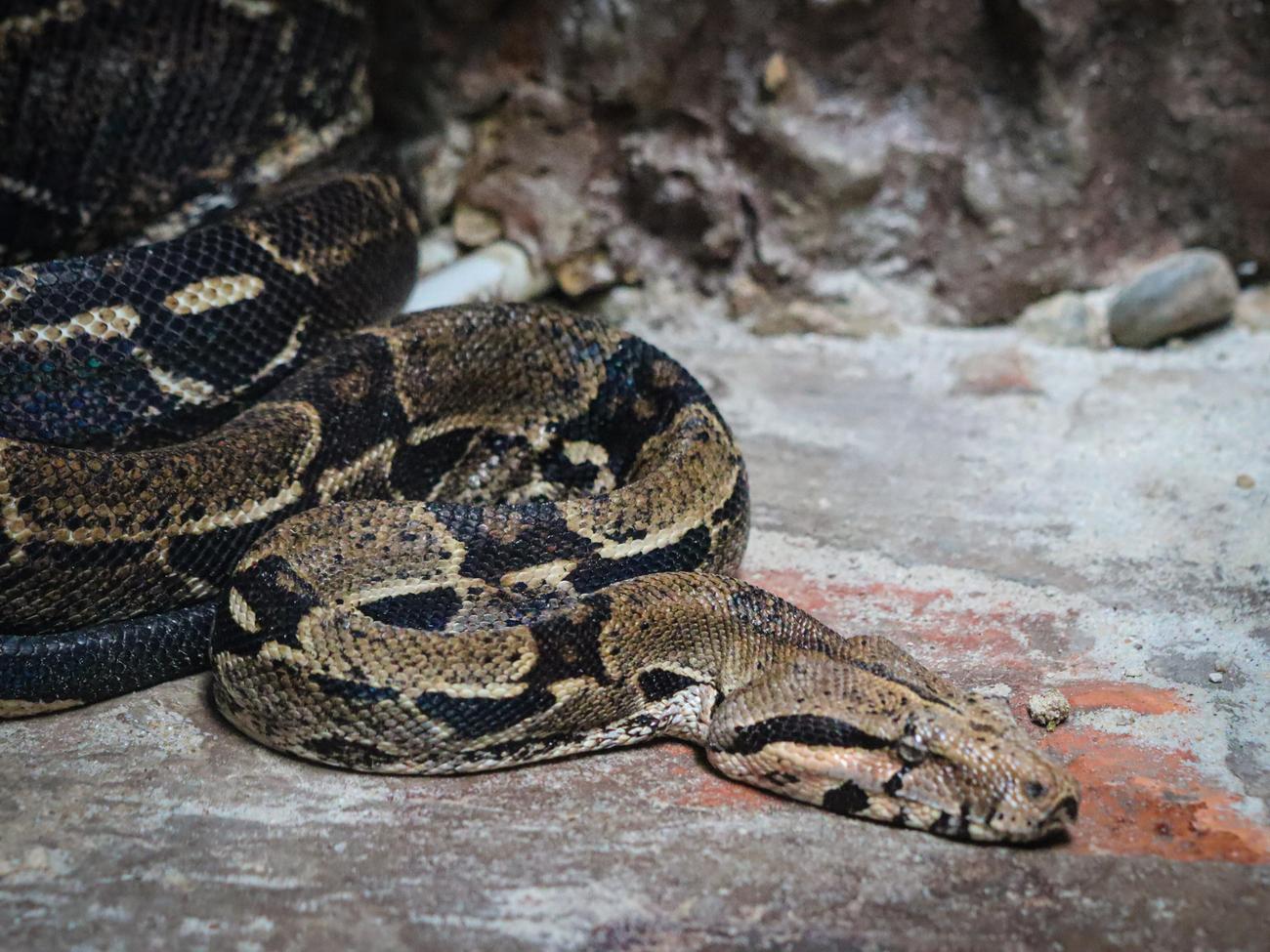
3 Facts About Cottonmouths
Cottonmouths, also known as water moccasins, are fascinating and venomous snakes that inhabit the southeastern United States. These reptiles have captured the attention of wildlife researchers and nature enthusiasts alike. With their distinctive features and intriguing behaviors, cottonmouths have much more to offer than meets the eye. In this article, we will delve into three captivating and revealing facts about cottonmouths that will surely pique your interest.
Fact #1: Cottonmouths – The Masters of Camouflage
One of the most remarkable characteristics of cottonmouths is their ability to blend seamlessly into their surroundings. Their thick, muscular bodies, combined with their intricate color patterns, make them masters of camouflage. These snakes typically have dark and earthy tones, allowing them to blend in with the murky waters and vegetation of their habitat. The bold dark stripes running next to each nostril enhance this effect, further concealing their presence from both predators and prey.
Cottonmouths’ remarkable camouflage skills help them navigate their environment undetected, making them elusive and formidable predators.
Fact #2: Cottonmouths – Venomous Pit Vipers with a Shy Nature
Though cottonmouths are venomous pit vipers, they often exhibit a relatively shy and non-aggressive nature. These snakes prefer to keep to themselves and will only bite when they feel threatened or cornered. Their bites, however, should never be taken lightly as their venom can cause severe tissue damage and even be life-threatening to humans. It’s important to admire these snakes from a safe distance and respect their personal space to avoid any unwanted encounters.
While cottonmouths may be venomous, their shy behavior reminds us of the importance of coexisting with wildlife in a way that respects both their space and our own safety.
Fact #3: Cottonmouths – The White-Mouthed Warriors
The distinctive white lining of their mouth, from which they derive their name, is one of the most intriguing features of cottonmouths. When threatened or agitated, these snakes open their mouths wide, displaying the stark white coloration as a warning sign. This unique defense mechanism serves as a visual deterrent, signaling potential predators or intruders to back off. By showcasing their fierce white-mouthed warning, cottonmouths effectively communicate their presence and readiness to defend themselves.
The white-lined mouth of cottonmouths is a striking reminder of the ingenious ways animals have developed to protect themselves in the natural world.
To summarize, cottonmouths are remarkable snakes, known for their exceptional camouflage, reserved temperaments, and striking white mouths. These three facts shed light on the intriguing nature of cottonmouths and offer a window into their captivating world. So, the next time you encounter a cottonmouth, marvel at its camouflage, give it space to roam, and admire its white-mouthed warning.
Cotton is one of the most versatile and widely used fabrics in the world. Its softness, breathability, and durability make it a favorite choice for a wide range of clothing and household items. But did you know that there’s much more to cotton than meets the eye? If you’re curious to learn three fascinating facts about cotton, click here to explore them: 3 facts about cotton. From its rich history to its impact on the environment, these facts will open your eyes to the wonders of this remarkable natural fiber. So, go ahead, satisfy your curiosity and click the link to uncover the hidden stories behind cotton.
3 facts about cottonmouths
Cottonmouths are fascinating creatures that have captured the curiosity of both scientists and nature enthusiasts alike. With their unique appearance and venomous bite, they have become notorious in the animal kingdom. Cotton production methods have been developed over the years to meet the growing demand for this versatile and durable material. As you delve into the history of cotton cultivation, you will uncover the fascinating journey of how this plant has shaped civilizations. Additionally, it is essential to understand the cotton industry’s impact on local communities, as it plays a significant role in economies worldwide. Click here to explore the intricacies of cotton production methods, here for a captivating insight into the history of cotton cultivation, and finally, here to discover the profound impact the cotton industry has on local communities.
cotton industry impact on local communities
Cottonmouths: Not Your Average Watersnake
[youtube v=”adrrp6QDSyQ”]
Cottonmouths, also known as water moccasins, are venomous snakes that can be found in the southeastern United States. These snakes often bear the brunt of misunderstandings and mistaken identity, which has unfortunately led to the unnecessary killing of other non-venomous water snakes.
Contrary to popular belief, cottonmouths are not aggressive by nature. While most water snakes will flee when faced with a predator, cottonmouths tend to stand their ground initially. They earn their name from the distinctive white lining within their mouth, which they display to scare away potential threats.
In a study on cottonmouth aggression, it was discovered that more than half of the snakes tested actually attempted to run away when confronted with danger. However, it’s important to note that while cottonmouths are not naturally aggressive, it is still not recommended to try and approach or handle them. But rest assured, if you happen to encounter a cottonmouth that refuses to back down, there is an anti-venom available.
To distinguish a non-venomous water snake from a cottonmouth, there are a few telltale signs. Firstly, you can check their eyes. Cottonmouths have cat-like pupils, while non-venomous water snakes typically have round pupils. Additionally, the way they swim can also serve as an indicator. Cottonmouths swim with their entire body close to the water’s surface, while non-venomous water snakes usually keep just their head above water. Another distinction is their behavior in trees. Non-venomous water snakes can often be found in tree branches above the water, whereas cottonmouths rarely exhibit this behavior due to their bulkier bodies.
In terms of diet, cottonmouths are opportunistic feeders and will consume fish, frogs, birds, turtles, and even other cottonmouths. Female cottonmouths are generally smaller than males and may prey upon different-sized animals. It’s worth noting that while adult cottonmouths are usually solid in color, juveniles display distinctive banding patterns and a bright yellow tail, which they wiggle to attract prey.
Cottonmouths are predominantly active at night, and they inhabit various water sources such as streams, ponds, marshes, canals, and vernal pools where unsuspecting frogs congregate. During colder weather, cottonmouths seek refuge in burrows underground, while warmer temperatures encourage mating behavior. Female cottonmouths reproduce every other year, and male snakes engage in combat to win a female’s attention. Once a male has successfully courted a female, he will chase her away.
Unlike many other snake species, cottonmouths give birth to live young. The gestation period lasts for approximately five months, and a cottonmouth can have up to 20 babies, although usually, the number is less than 10. While the newborns stay close to their mother during their first few days, they quickly become independent.
Cottonmouths face various threats from predators, including raccoons, birds of prey, gar, otters, snapping turtles, and even other cottonmouths. Younger cottonmouths are particularly vulnerable and have a higher chance of being preyed upon.
These fascinating snakes, with their menacing fangs and fish-hook-like appearance, have earned their scientific name through Greek and Latin words that translate to “fish hooks devouring fish.” This fitting name pays homage to their sharp fangs and piscivorous diet.
It’s important to remember that we should respect and appreciate cottonmouths from a safe distance. By coexisting with these snakes and understanding their behaviors, we can ensure their survival and maintain a balance in the ecosystems they inhabit. So, if you’re fortunate enough to spot a cottonmouth, remember to give them their personal space and admire them from afar.
For more interesting facts about cottonmouths, check out the links in the description. And remember, these snakes may not be the same as your average watersnake, but they play an essential role in our natural world.
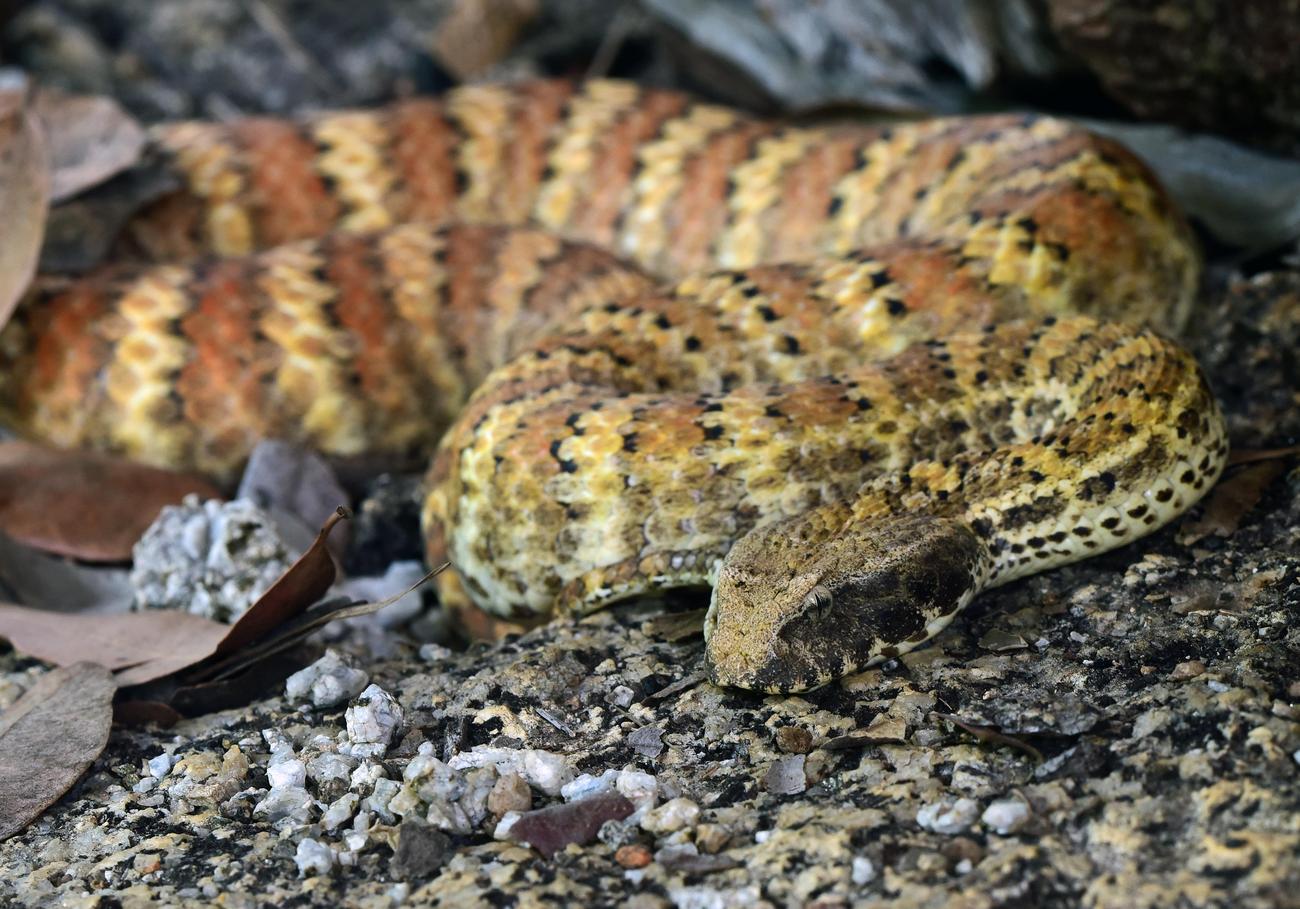
FAQ
Question 1
What is the average length of a cottonmouth snake?
Answer 1
Cottonmouths are relatively large snakes, with an average length of 3 ft. and a thick, muscular body.
Question 2
How can you identify a cottonmouth snake?
Answer 2
Cottonmouths have broad, triangular heads, vertical pupils, and dark stripes next to each nostril, which are distinctive features that help in their identification.
Question 3
Are cottonmouth snakes venomous?
Answer 3
Yes, cottonmouths are venomous pit vipers. However, they are generally shy and will only bite if they feel threatened.
Question 4
Why are they called cottonmouth snakes?
Answer 4
Cottonmouths get their name from the white lining of their mouth, which they show as a warning sign when they feel threatened.
Question 5
Where are cottonmouth snakes found?
Answer 5
Cottonmouths are widely distributed throughout the southeastern United States and are often found near water sources, as they prefer aquatic habitats.
- Unlock Filipino Culture: A Deep Dive into Traditions and Practices - April 23, 2025
- Unlock Spanish Culture: Insights & Opportunities Now - April 23, 2025
- White Spirit Uses & Substitutes: A Deep Dive for Pros & DIYers - April 23, 2025
